Here is exactly what GPRS is, how It works, and everything that you want to know about.
Looking back, I’d say GPRS was a necessary stepping stone towards the lightning-fast 4G and 5G networks we have today. It gave us a taste of what was possible, even if it was a bit of a slow and uneven ride. If you were using GPRS back in the day, you probably have some, uh, interesting stories to tell. And if you’re just learning about it now, well, consider yourself lucky you didn’t have to deal with those connection speeds! By the way, people are sharing their stories with GPRS in the comments.
Do check the speed test we did, by using GPRS in 2024, and the results are amazing.
What is GPRS?
GPRS stands for General Packet Radio Service. Considered a 2.5G technology, it emerged as an intermediate step between the slower 2G networks and the faster 3G that came later. Unlike 2G, which maintained a constant connection for voice calls (circuit-switching), GPRS employed a more efficient method called packet-switching. Data was broken down into smaller packets, transmitted through available channels in the network, and then reassembled at the receiving end. This allowed for more efficient use of network resources and enabled the introduction of basic data services.
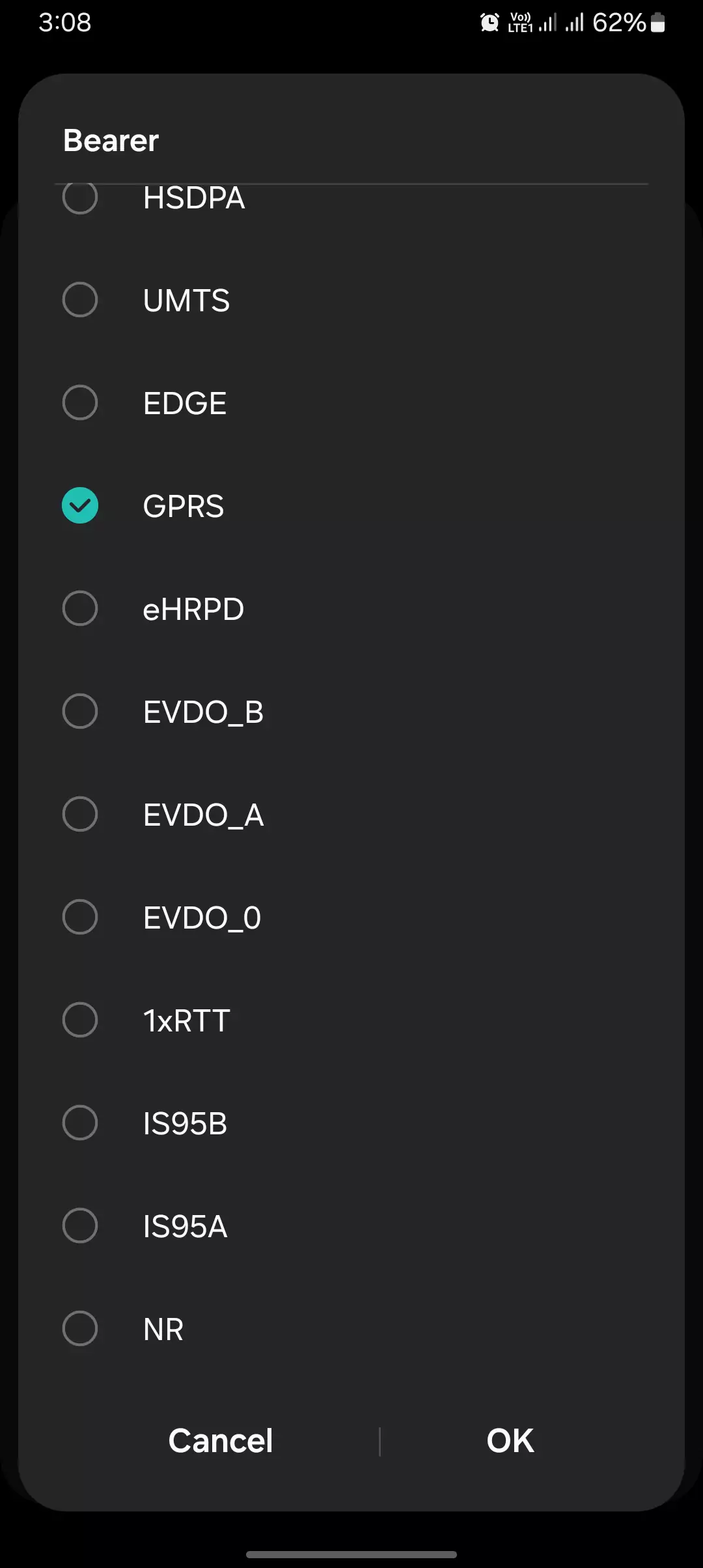

In Easy Way

GPRS is like a new way of sending information on your phone. Back in the old days, when you used your phone, it was like a telephone call – the connection was always there, even if you weren’t talking.
But with GPRS, it’s more like sending a letter. Instead of keeping the connection open all the time, the information is broken down into little pieces, called “packets,” and sent through the network when it’s available. This is more efficient and allows you to do new things with your phone, like browsing the internet or sending emails.
GPRS is like a bridge between the really old ways of using phones and the newer, faster ways that came later. It’s not as fast as the newest technology, but it was an important step forward.
Imagine you’re an old-fashioned letter writer, and then you get a typewriter. The typewriter is faster and more efficient than writing by hand, but it’s still not as fast as a computer. GPRS is like that typewriter – it’s better than the old way, but not as good as the newer technology.
Revisiting the GPRS Speed in 2024: Speed Test
Now, here’s the speed test we did for the GPRS in 2024, April 17. In my Samsung M34 5G, I set the network to 2G and the bearer to GPRS only, and here are the results:
We tried opening the speedtest.net website, but it was only half-loaded in 1 minute and 59 seconds. Here are the details:
URL: https://www.speedtest.net/ Page Size (Bytes): 120497 Page Size (KB): 120.497

Based on these findings, let’s calculate the internet speed in kilobits per second (kbps):
Time to Download Page = 1 minute 59 seconds = 1 * 60 seconds + 59 seconds = 119 seconds
Internet Speed (kbps) = (Page Size in kilobytes * 8) / Time to Download Page in seconds Internet Speed (kbps) ≈ (120.497 * 8) / 119 Internet Speed (kbps) ≈ 964.0056 / 119 Internet Speed (kbps) ≈ 8.0926 kbps
Ah, the good old GPRS days! In my case, the internet speed was around 8.0926 kbps. That’s pretty slow, even by 2024 standards. I remember those times when we had to be patient and let pages load for what felt like an eternity. (Ugh, the memories!)
Downloading on a Slow (GPRS) Connection: File Size vs. Time
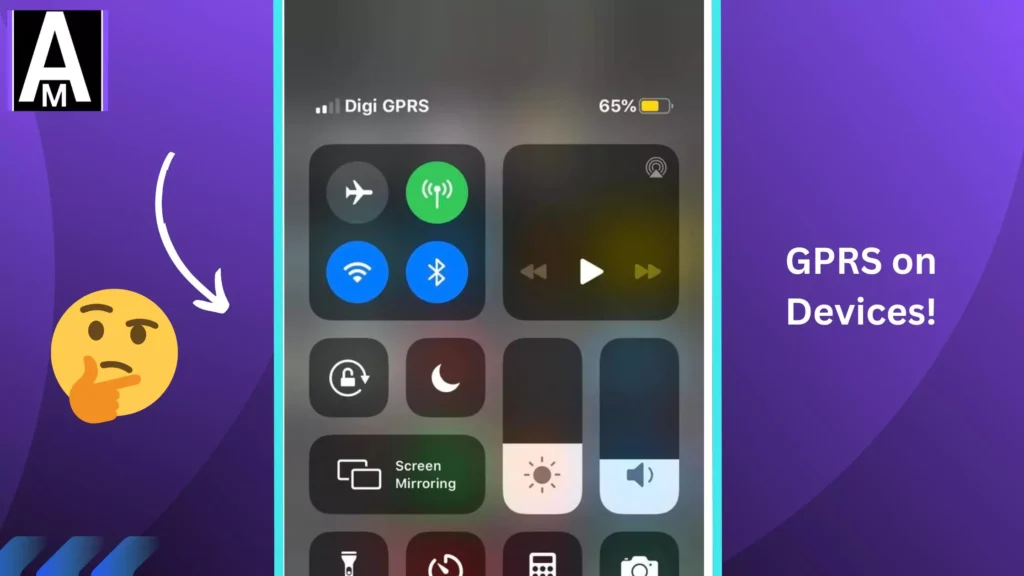
let’s create a table based on the internet speed we calculated earlier to show how long it would take to download files of various sizes:
| File Size | Download Time (at 8.0926 kbps) |
|---|---|
| 10 MB | 20 minutes 36 seconds |
| 50 MB | 1 hour 43 minutes |
| 100 MB | 3 hours 26 minutes |
| 500 MB | 17 hours 10 minutes |
| 1 GB | 34 hours 20 minutes |
| 2 GB | 68 hours 40 minutes |
Whew, those download times are pretty brutal, even for smaller file sizes! With a connection speed of around 8 kbps, it would take a considerable amount of time to download anything larger than a few megabytes. Last time we did, tested the does using vpn reduce internet speed?, And here’s the answer.
| Term | Definition (In Relation to GPRS) | Related Terms |
| Mobile Data | The ability to transmit and receive data over a cellular network | Cellular Network, Internet Access, Wireless Communication |
| 2.5G | A transitional cellular network generation between 2G and 3G, offering basic data services. (Synonymous with GPRS) | 2G, 3G, Cellular Network Generations |
| General Packet Radio Service (GPRS) | An early mobile data technology that utilizes packet-switching for efficient data transmission. | Packet-Switching, Cellular Network, Mobile Internet |
| Packet-Switching | A method of data transmission where information is broken down into packets, sent through available channels, and reassembled at the receiving end. (Key Feature of GPRS) | Circuit-Switching, Network Efficiency, Data Transmission |
| Always-On Connectivity | The ability to stay connected to the network for data transmission without needing to establish a new connection each time. (Benefit of GPRS) | Dial-Up Connection, Mobile Internet Access, Network Availability |
| Basic Data Services | Early internet services like web browsing (limited), email, and ringtone downloads supported by GPRS. | Mobile Internet, Data Capabilities, Mobile Applications |
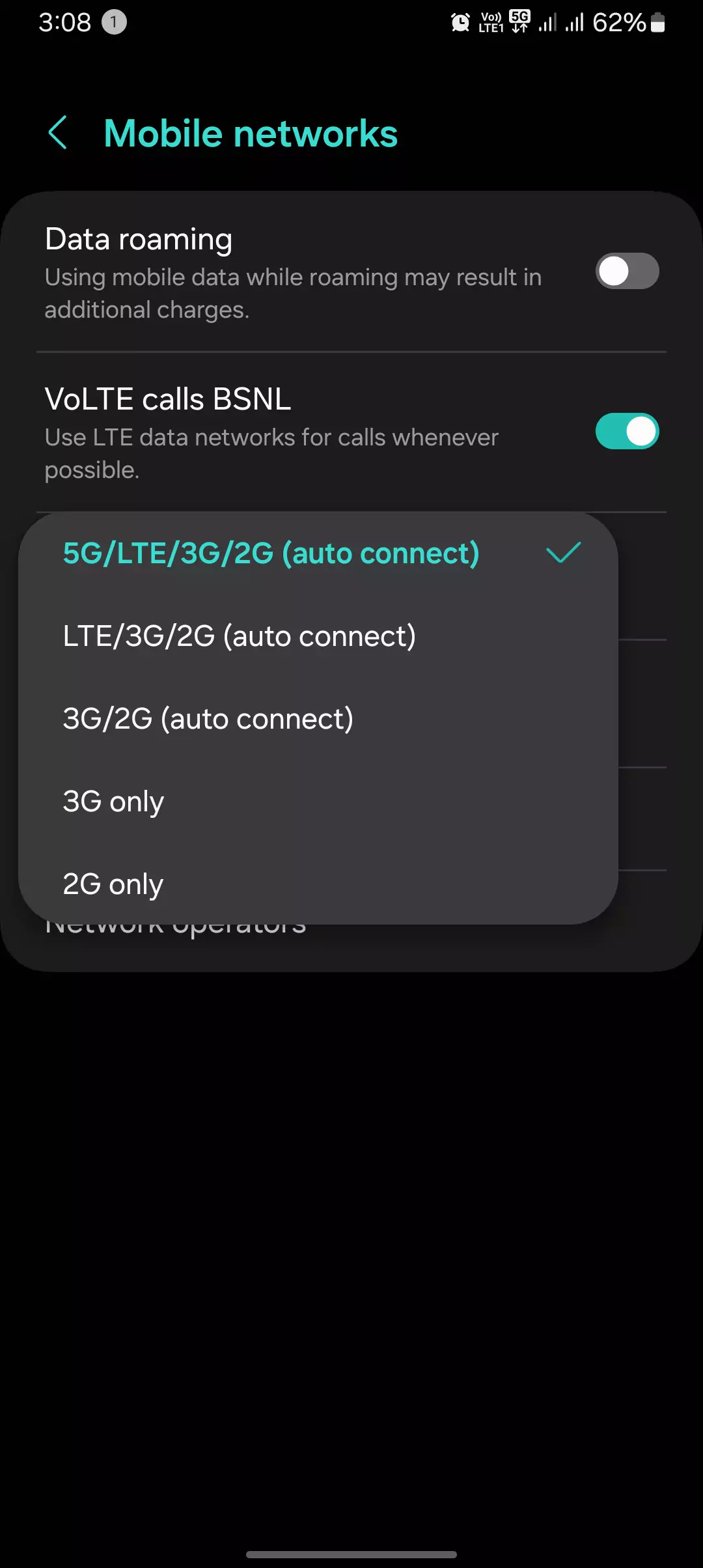
How Does GPRS Work?
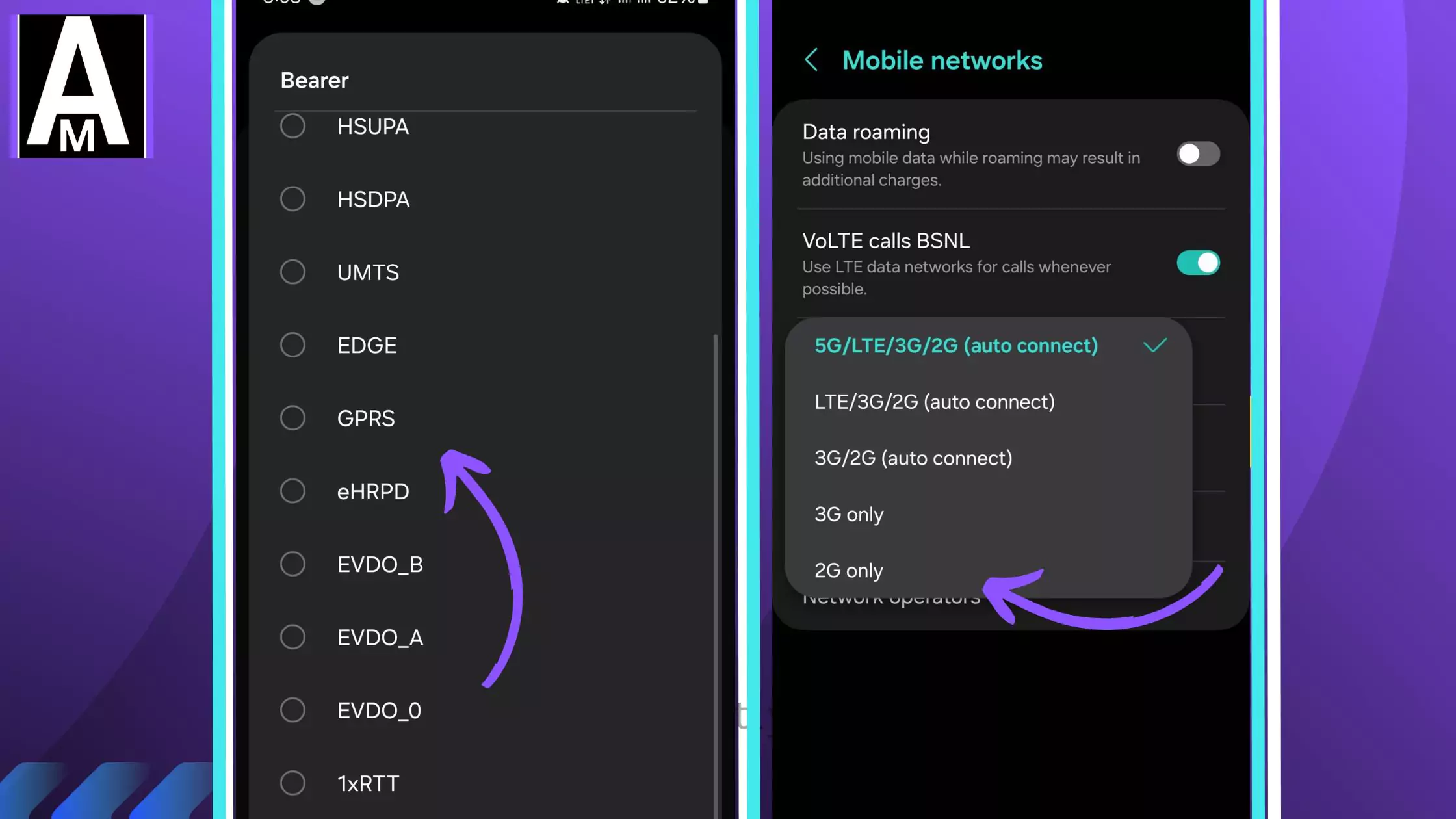
Think of a highway with multiple lanes. Traditional voice calls on a 2G network would be like reserving an entire lane for the duration of the call, even if there weren’t many cars on the road. GPRS, on the other hand, is like using carpool lanes. Data packets are like individual cars, sharing available lanes only when they need to transmit information. This allows for more efficient use of the network and enables other users to share the same resources.
Benefits and Limitations of GPRS
While not as fast as today’s 4G or 5G networks, GPRS offered a significant leap forward in mobile data capabilities. Here’s a breakdown of its pros and cons:
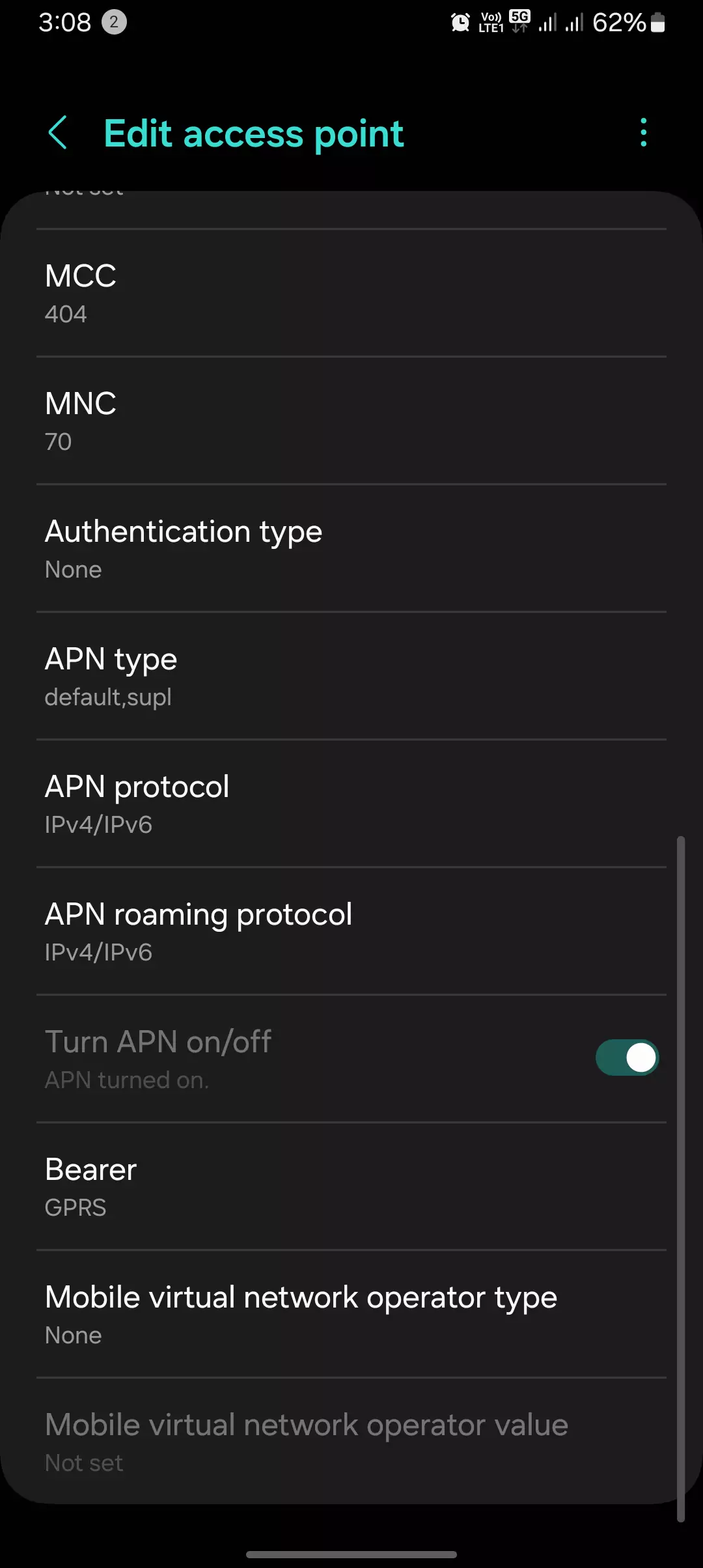
Benefits:
In my experience, GPRS (General Packet Radio Service) was a bit of a mixed bag. On the one hand, it was a significant step up from the old 2G networks, allowing us to do basic data stuff like web browsing and email on the go. The always-on connectivity was also a nice perk, no more dialing up and waiting for that sweet, sweet data connection.
Anyway, in my experience, GPRS had its pros and cons, but it paved the way for the mobile data powerhouses we enjoy today. Just be grateful you don’t have to deal with those buffering times anymore, am I right? (Hmm, maybe I should try to work on my patience a bit more, but that’s a story for another day!)
Limitations:
- But let’s be real, the data speeds were pretty darn slow, even by the standards of the time. Trying to stream or download anything substantial was a big ol’ pain in the you-know-what. And let’s not even talk about network congestion – that could really put a damper on your mobile browsing experience, leaving you twiddling your thumbs waiting for pages to load.
- In my case, I mostly used GPRS for quick email checks and the occasional web search. Anything more intensive, like trying to watch a video or download a file, was a recipe for frustration. But hey, it was better than nothing, right? (Uh, I guess that’s the glass-half-full way of looking at it.)
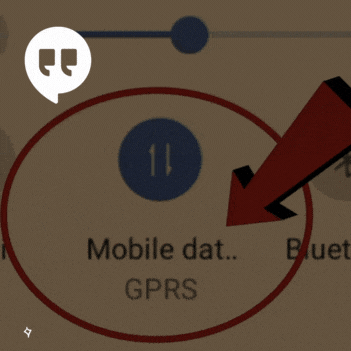
How My Brother Used GPRS
When my brother was in fourth grade, I introduced him to GPRS, and he was fascinated by it. He was eager to download PC games, some as large as 100MBs, using GPRS. It would take him two days just to download a single page from GameStop.com, but he was dedicated enough to wait it out. One memorable experience was when he downloaded the Angry Birds movie, which was around 550MBs in size. It took an entire night, and he even placed his phone on the terrace to get better 2G Speeds. We all have similar stories with GPRS. What’s yours?
The Legacy of GPRS
Despite its limitations, GPRS played a crucial role in the evolution of mobile data. It introduced the concept of packet-switching and always-on connectivity, paving the way for faster and more advanced mobile data technologies like 3G and 4G. Without GPRS, the mobile data experiences we enjoy today might not have been possible.
Conclusion
- An early form of mobile data technology, bridging the gap between 2G and 3G cellular generations (2.5G)
- Utilized packet-switching for efficient data transmission
- Enabled basic mobile data services like:
- Web browsing
- Ringtone downloads
- Offered always-on connectivity, unlike the dial-up nature of previous 2G networks
- Paved the way for faster mobile data advancements like 3G and 4G
- Though slower than today’s standards, it was a significant step forward in mobile data capabilities
This wraps up today’s blog post. Essentially, in today’s article, I aimed to cover everything from the basics for general mobile users to advanced insights for those eager to learn about GPRS—what it is, how it works, and so on. I hope you find the information helpful. If you do, please let me know in the comments and share your thoughts. If you have any doubts or want to contact us, here’s how to reach APN-Mostly.
By the way, what’s one thing you already knew about GPRS?
